light resolution. It is the single most important spec, in our opinion, for determining low light performance. For Photonis and Elbit tubes, seek out an SNR of 27+ (they usually cap out around 33-34). L3Harris tubes tend to have higher SNR values across the board. If deciding on an L3Harris image tube, look for an SNR of 33+.
EBI, or Equivalent Background Illumination, is essentially the lowest light level that a tube can produce a usable image. Sounds important right? It is, but the importance is usually grossly overstated. The truth is, anything UNDER 2.5 will be just fine for 99% of users. The only exception is for those that will strictly be utilizing their device for astronomy. If that is the case, look for an EBI under 1.5.
Halo is the ring or bloom around a light source when viewed through an image tube. The lower the halo value, the smaller the bloom. Keep this value under 1. Note that Photonis doesn’t always provide halo values, but rest assured they routinely exhibit low halos from our experience.
FOM, or Figure of Merit, is obtained by multiplying center resolution by the SNR. We recommend ignoring this value when selecting a tube. Instead, examine its components separately as it doesn’t always accurately depict a tube’s performance.
To keep it short and sweet, pick the highest SNR tube available that is fairly clean, has a resolution of 64+, an EBI under 2.5, and a halo under 1. If you stick to this outline, you’ll end up with an image tube that is more than capable of performing in any situation you may find yourself in.



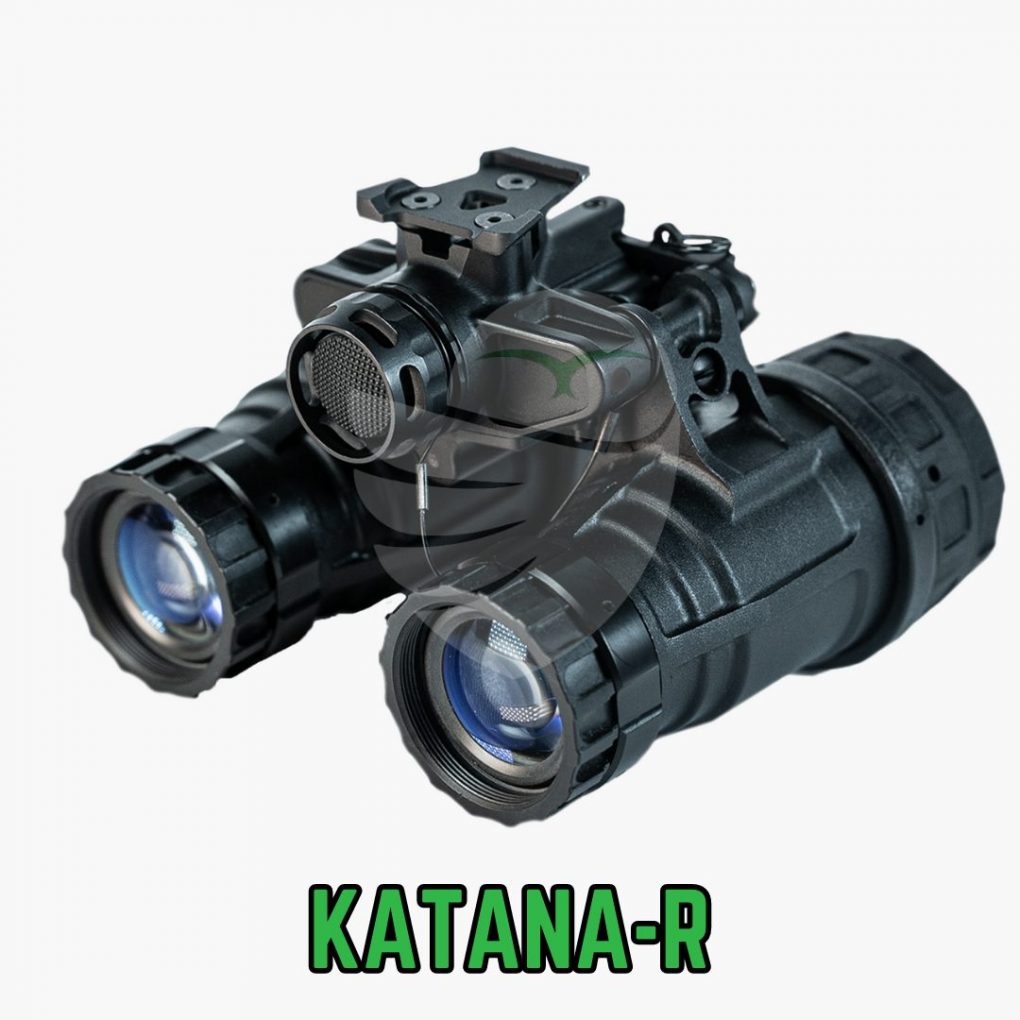
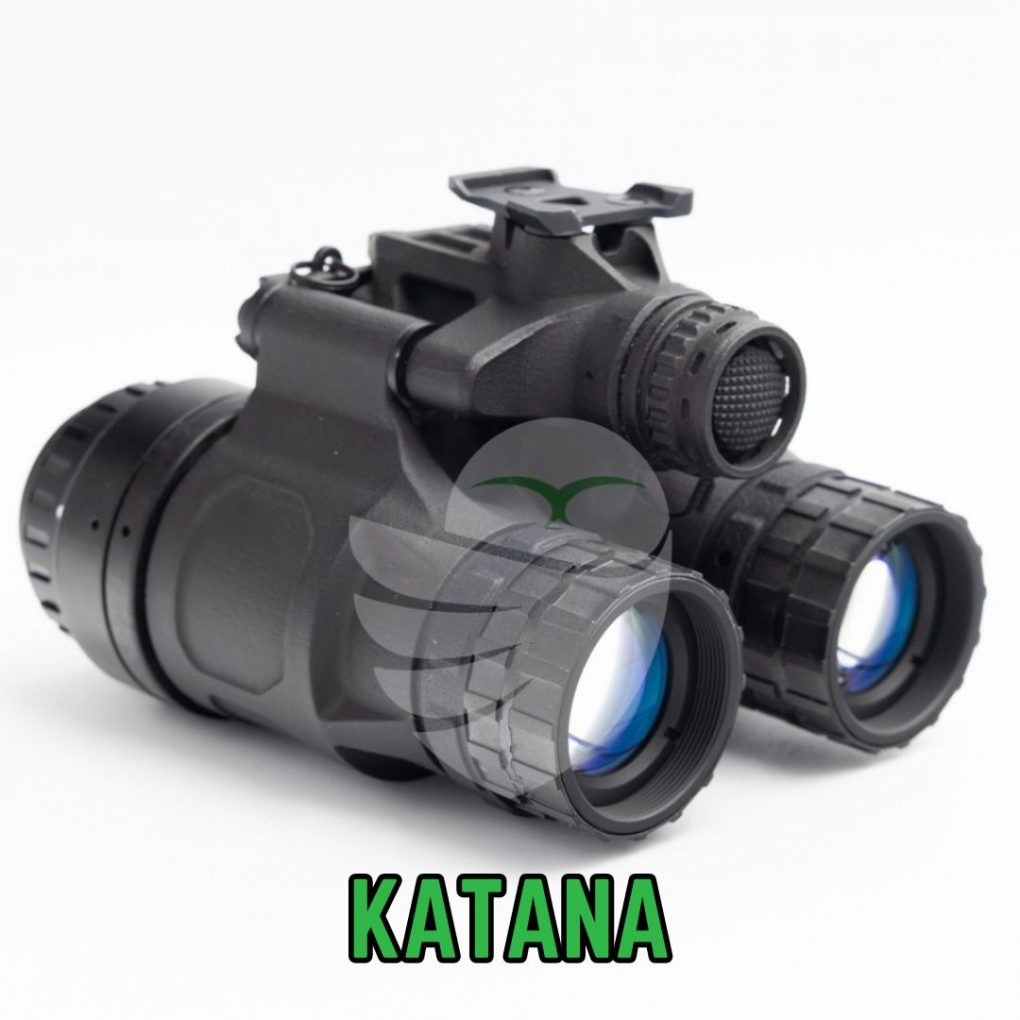


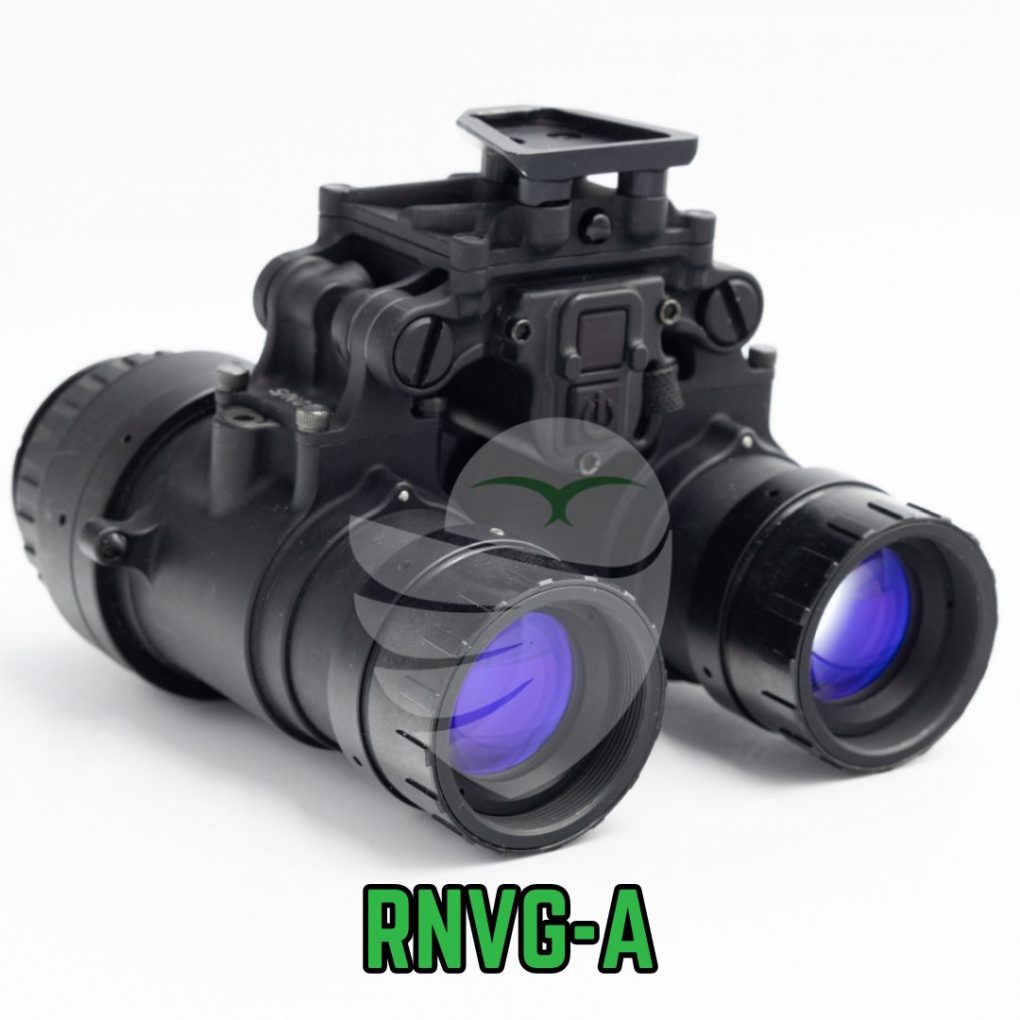


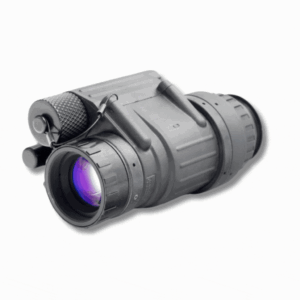
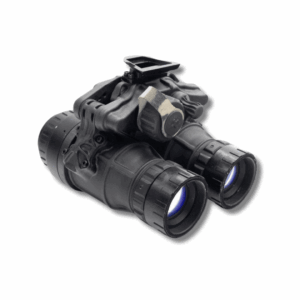

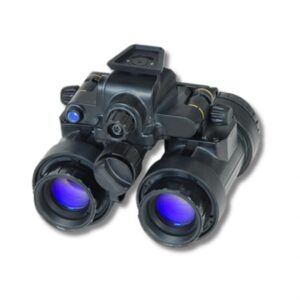
Reviews
There are no reviews yet.